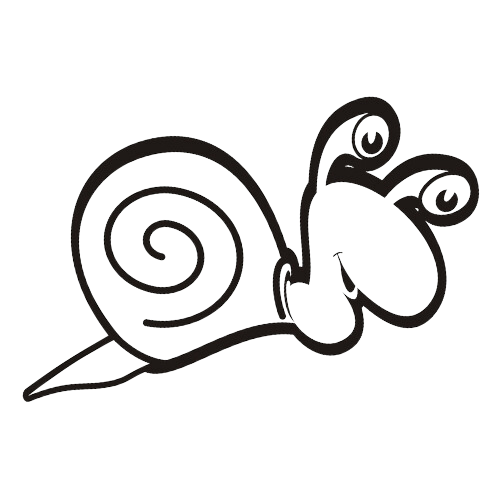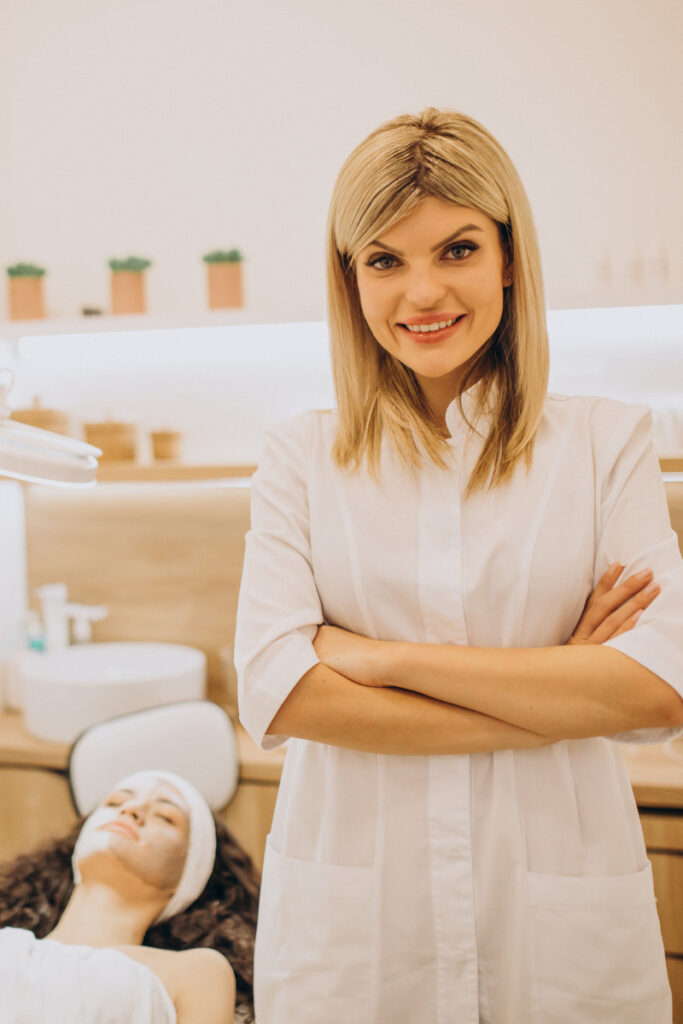Frequently Asked Questions
Pampering yourself a bit is not a luxury but a need. The skin is the biggest part of our body. It is like a mirror that shows how healthy we are inside. Ignoring or mistreating your skin can result in problems such as dryness, dullness, and an even quicker ageing process.
Snail mucin hydrates, boosts collagen production, heals wounds and even soothes irritation. Given its simple but effective method to give glass skin a finish, we are not surprised that it is touted as one of the best Korean ingredients.
The copper peptides in snail mucin can help treat dark spots, acne scars, and redness caused by inflammation. Copper peptides also help normalize bacteria levels, which helps limit breakouts in acne-prone skin.
Products containing snail mucin may be a good choice for people with dry skin. “It contains hydrating characteristics that serve to strengthen the skin barrier and keep moisture in,”
Snail mucin’s allantoin content can help to reduce inflammation and redness, which can be helpful for those with sensitive or acne-prone skin. Hyaluronic acid is gentle and works well with all skin types, making this combination a great choice for those with sensitive or reactive skin.
Product makers collect the slime from live snails. Then they filter it and combine it with other ingredients. If you’re wondering why snails are so slimy to begin with, it’s because their mucus helps them move, gives them protection, and keeps them from drying out.
You can use snail mucin once or twice per day. Works Well With: It’s often combined with antioxidants and retinol, as well as common skincare staples such as vitamin C, glycolic acid, and other moisturizing ingredients.
Studies discovered that when concentrated, this slimy snail mucin can help human skin by hydrating, preventing aging, and improving wrinkles and scars. Snail mucin contains hyaluronic and glycolic acid and is a good source of peptides.
It’s so much snail slime, that as you pump it out of the bottle and start applying it to your face, you’ll notice how viscous and syrupy the consistency is. I’ll cut to the chase and tell you that after two weeks of use, my skin feels elastic and soft to the touch.
Who should use snail mucin? In general, snail mucin products are suitable for all skin types, although people with dry skin may notice the hydrating properties more than those with oily skin. It is also generally safe for acne-prone or sensitive skin.
Most people expect snail mucin to smell bad, but thankfully it’s pretty odourless.
Snail Mucin Extract: A Powerful Holy Grail for Skin
Snail mucus is composed of ingredients such as Proteins (Collagen and Elastin), Hyaluronic acid, Copper peptides, Antimicrobial peptides, Antioxidants, Glycolic acid, Allantoin, and more. All of these components are beneficial for your skin in different aspects – that’s what gives snail mucin its many benefits.
Snail filtrate—Korea’s most popular skincare ingredient—contains collagen and peptides which effectively reduces wrinkles, dark circles, and puffiness around your eyes. For best results, apply a small amount of the cream around the orbital area—patting gently with the pads of your ring fingers until absorbed.
As you can see, snail mucin is helpful in every stage of acne development – from prevention and treatment to fading the hyperpigmented spots or scars that acne leaves behind. Snail mucin is a very gentle active with no known side effects when mixed with other ingredients.
The mucus from a snail’s back is hydrating and antimicrobial — both properties of interest to the skin care industry. The mucin creates a protective barrier that keeps germs out to prevent infection. Snail mucins are also used in medicine.
You can use mucin once or twice a day, in the morning or evening.
Generally speaking, you can use snail mucin once or twice per day. Works Well With: It’s often combined with antioxidants and retinol, as well as common skincare staples such as vitamin C, glycolic acid, and other moisturizing ingredients.

